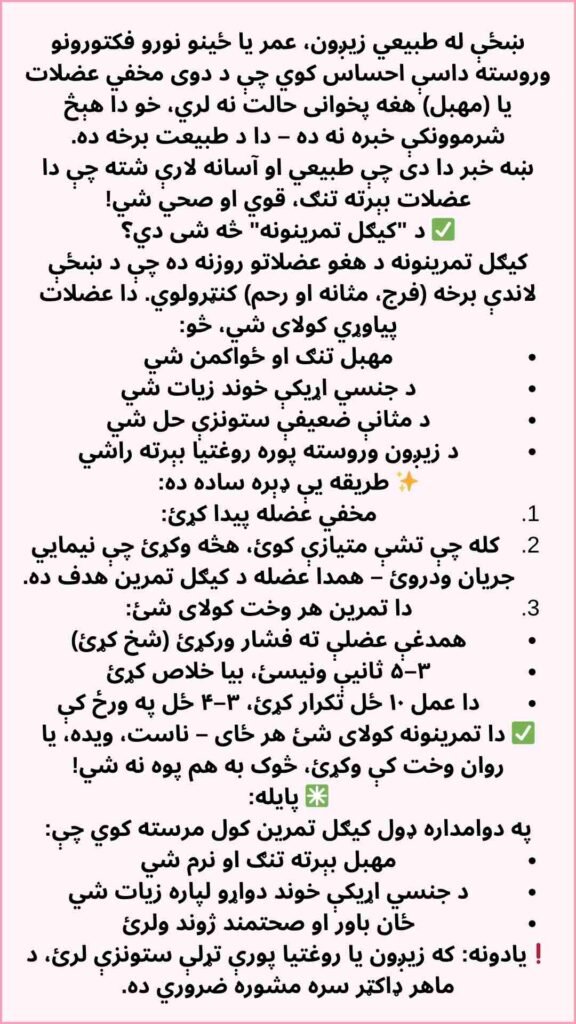Meditation isn’t just a trend; it’s a practice that has stood the test of time, providing deep mental and physical benefits for millions. From reducing stress and improving focus to enhancing emotional well-being, there are endless reasons to meditate. If you’re new to meditation and not sure where to start, this guide will help you understand the basics, overcome common challenges, and integrate meditation into your daily routine.
Understanding Meditation
What is meditation?
Meditation is a practice of focusing your mind to achieve mental clarity, emotional calm, and a heightened sense of awareness. While it is often associated with sitting still in silence, meditation can take many forms, from mindfulness to movement-based practices like yoga.
At its core, meditation is about training your brain to stay present and centered in the moment, rather than being consumed by stress or distractions.
Debunking common misconceptions
Many beginners get discouraged because they believe certain myths about meditation. Let’s clear those up:
- You don’t need a blank mind. The goal isn’t to empty your thoughts completely. Instead, meditation teaches you to observe your thoughts without judgment and gently bring your focus back to the present moment.
- Meditation doesn’t require hours of practice. Even a few minutes a day can make a noticeable difference over time.
- You don’t have to be “perfect” at it. Meditation is a practice, which means improvement comes with consistency—not perfection.
Preparing to Meditate
Before starting your meditation practice, it’s important to set yourself up for success. Here’s how:
Find a quiet space
Choose a spot where you won’t be interrupted. It doesn’t have to be a special meditation room; a corner of your living room or bedroom can work just fine. The key is to find a space that feels calming and free of major distractions.
Get comfortable
You don’t need special cushions or fancy props to meditate. Sit in a position that feels natural and comfortable for you. This could be sitting cross-legged on the floor, on a chair with your feet flat on the ground, or even lying down (just be careful not to fall asleep!).
Pick an optimal time
While any time is a good time to meditate, many people find it easier to meditate during quiet moments such as early mornings or before bed. Experiment to find what works best for your schedule.
Simple Meditation Techniques
Here are three beginner-friendly meditation techniques to try. Be patient with yourself as you explore these methods.
1. Breath awareness
This technique focuses on your breath as an anchor for your mind.
- Sit or lie comfortably. Close your eyes.
- Take a deep breath in, and slowly exhale. Feel the rise and fall of your chest or the sensation of air entering and leaving your nostrils.
- When your mind starts to wander, gently bring your attention back to your breath.
Practicing for even five minutes can leave you feeling more centered and calm.
2. Body scan meditation
Body scan meditation helps you connect with your body and release tension.
- Start by lying down or sitting comfortably.
- Close your eyes and take a few deep breaths.
- Slowly bring your attention to different parts of your body, starting at your toes and working your way up to your head.
- Notice any areas of tension, and imagine them softening as you breathe.
3. Loving-kindness meditation
Also known as “metta meditation,” this technique focuses on cultivating compassion for yourself and others.
- Sit comfortably and close your eyes.
- Repeat phrases of kindness silently to yourself, such as, “May I be happy, may I be healthy, may I live with ease.”
- Extend these phrases to loved ones, acquaintances, and even people you may be in conflict with.
- Finish by sending these positive intentions to the world as a whole.
Overcoming Challenges
Meditation can feel frustrating at times, especially when faced with distractions or restlessness. Here are some tips to stay on track:
- Acknowledge distractions. Instead of fighting wandering thoughts, acknowledge them and gently bring your focus back to your anchor (such as your breath).
- Start small. Aim for just 2–5 minutes initially and gradually increase the duration as you build your practice.
- Be kind to yourself. Let go of any judgment or frustration. It’s normal for your mind to wander, especially when you’re just starting.
- Set a timer. Use a timer to avoid checking the clock and help you focus fully on your meditation.
Incorporating Meditation into Daily Life
Meditation is most effective when it becomes part of your routine. Here’s how you can make it a habit:
- Pair it with an existing habit. Meditate right after brushing your teeth or before starting your morning coffee.
- Keep it simple. Don’t overcomplicate things! Short, consistent sessions are more impactful than long, infrequent practices.
- Create reminders. Set alarms or leave sticky notes in your workspace to prompt you to meditate.
- Celebrate progress. Acknowledge the effort you’re putting in, even if the benefits aren’t immediately obvious.
Resources for Learning More
To deepen your meditation practice, explore these tools and resources:
- Apps: Headspace, Calm, and Insight Timer offer guided meditations tailored for beginners.
- Books: The Miracle of Mindfulness by Thich Nhat Hanh and Wherever You Go, There You Are by Jon Kabat-Zinn are excellent reads.
- Websites: The Mindfulness Center and Greater Good Science Center provide articles, courses, and research-backed tips.
Start Your Meditation Journey Today
Starting meditation as a beginner doesn’t have to be intimidating. By understanding what meditation is, trying simple techniques, and addressing common challenges, you can unlock its many benefits. Remember, consistency is key, and even small steps can lead to meaningful results.
Take a moment today to sit comfortably, close your eyes, and focus on your breath. Who knows, it might be the beginning of a lifelong routine that transforms your well-being.
